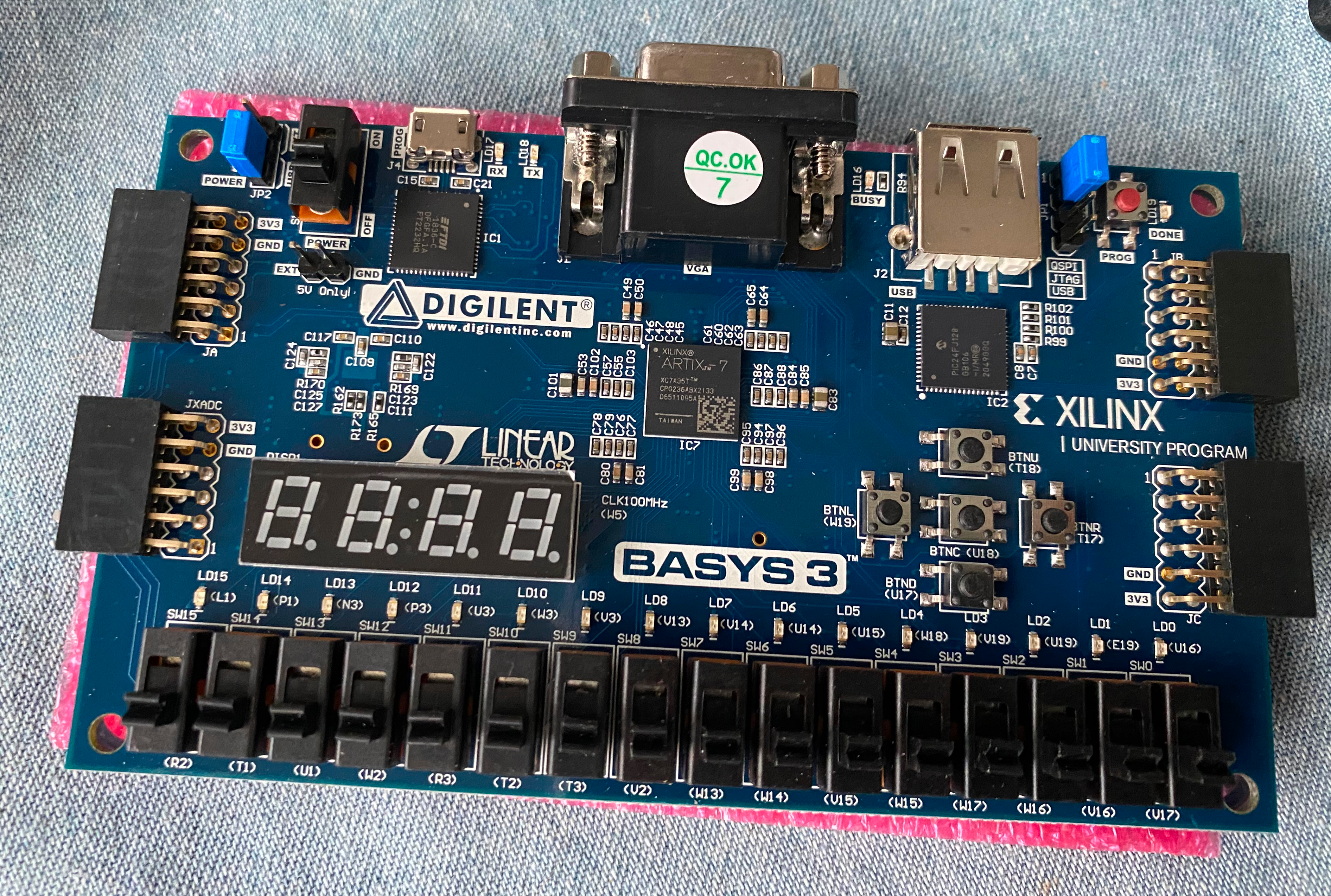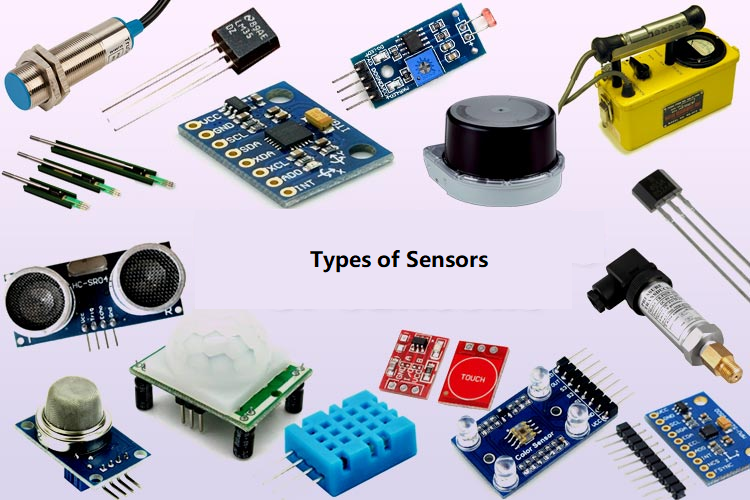Integrated Circuit (IC) companies can be categorized in several ways based on their roles, the types of products they offer, the markets they serve, or the design and manufacturing processes they use. Here are some common ways to categorize IC companies:
1. By Business Model
- Fabless Companies: These companies design ICs but outsource manufacturing to foundries. Examples include Qualcomm, NVIDIA, and AMD.
- Foundries: These companies manufacture ICs for other companies but don’t typically design their own chips. Examples include TSMC, GlobalFoundries, and SMIC.
- IDMs (Integrated Device Manufacturers): These companies both design and manufacture their own ICs. Examples include Intel, Samsung, and Texas Instruments.
- OSAT (Outsourced Semiconductor Assembly and Test): Companies that specialize in assembly, packaging, and testing of chips. Examples include ASE Technology and Amkor Technology.
2. By Product Type
- Analog ICs: These ICs handle continuous signals for applications in audio, RF, power management, etc. Companies like Texas Instruments, Analog Devices, and Maxim Integrated focus on analog ICs.
- Digital ICs: Primarily used in computing and logic operations. This includes microprocessors, memory, and digital signal processors (DSPs). Examples are Intel, AMD, and ARM Holdings.
- Mixed-Signal ICs: These ICs combine analog and digital functionality. They are used in applications like ADCs (analog-to-digital converters) and DACs (digital-to-analog converters). Examples include Texas Instruments and ON Semiconductor.
- RF ICs: Focus on wireless communication, including RF transceivers, RF amplifiers, etc. Companies like Qualcomm and Broadcom are key players here.
3. By Market Segment or Application
- Consumer Electronics: Companies focusing on chips for consumer devices like smartphones, TVs, and cameras. Examples include MediaTek and Qualcomm.
- Automotive: Companies specializing in ICs for automotive applications, such as infotainment, driver-assistance systems, and electric vehicle power management. Examples include NXP, Infineon, and Renesas.
- Industrial: Companies providing ICs for factory automation, robotics, sensors, and industrial control. Examples include Texas Instruments, Analog Devices, and STMicroelectronics.
- Healthcare: Companies producing ICs for medical devices, diagnostics, and wearable technology. Examples include Analog Devices and Maxim Integrated.
- Networking and Telecommunications: Companies making ICs for networking infrastructure, modems, and telecom equipment. Examples include Broadcom, Qualcomm, and Marvell.
4. By IC Type
- Memory ICs: Companies focused on memory solutions like DRAM, SRAM, NAND, and flash. Examples include Micron, SK Hynix, and Samsung.
- Microcontroller and Microprocessor Companies: These companies focus on microcontrollers (MCUs) and microprocessors (MPUs) for various applications. Examples include Microchip, NXP, and Renesas.
- Field Programmable Gate Arrays (FPGAs): Companies like Xilinx (acquired by AMD) and Intel provide FPGA solutions for applications requiring flexibility.
- Power Management ICs: Focused on ICs for power conversion, battery management, and voltage regulation. Examples include Texas Instruments, Infineon, and ON Semiconductor.
5. By Semiconductor Process Node Capability
- Leading-Edge: Companies that work on the latest nodes (e.g., 3nm, 5nm, 7nm), often used in high-performance computing and advanced mobile processors. Examples are TSMC, Samsung, and Intel.
- Mature Nodes: Companies focused on mature process nodes (e.g., 28nm and above), suitable for automotive, industrial, and IoT applications. Examples include GlobalFoundries and UMC.
6. By Regional Headquarters
- North America: Companies like Intel, AMD, Qualcomm, and NVIDIA are headquartered in North America.
- Asia-Pacific: Includes companies like TSMC (Taiwan), Samsung (South Korea), and SMIC (China).
- Europe: Companies like Infineon (Germany) and STMicroelectronics (France/Italy) are based in Europe.
IC Companies By IC Type

Categorizing IC companies by IC type can help highlight their specific areas of expertise and the markets they serve. Here’s a detailed breakdown:
1. Memory ICs
- DRAM (Dynamic Random-Access Memory): High-density memory chips used in computers, smartphones, and servers.
- Major Companies: Samsung, SK Hynix, Micron, Nanya.
- NAND Flash: Non-volatile storage commonly used in SSDs, smartphones, and USB drives.
- Major Companies: Samsung, Kioxia (Toshiba), Western Digital, SK Hynix, Micron, Intel (recently exited NAND business).
- NOR Flash: Non-volatile memory used for code storage in embedded systems.
- Major Companies: Cypress Semiconductor (Infineon), Macronix, Winbond, Micron.
- SRAM (Static RAM): Fast, low-power memory used in cache and high-performance applications.
- Major Companies: Renesas, Cypress Semiconductor (Infineon), Integrated Silicon Solution, Inc. (ISSI).
2. Microprocessors and Microcontrollers (MPUs & MCUs)
- General-Purpose Microprocessors (MPUs): Processors for personal computers, servers, and mobile devices.
- Major Companies: Intel, AMD, ARM Holdings, Qualcomm, Apple.
- Application-Specific Microprocessors: Processors for specific applications like graphics, AI, and machine learning.
- Major Companies: NVIDIA (graphics and AI), AMD (graphics and CPUs), Google (Tensor Processing Unit).
- Microcontrollers (MCUs): Used for control in embedded systems, IoT, automotive, and industrial applications.
- Major Companies: Microchip, NXP, Renesas, STMicroelectronics, Texas Instruments, Infineon, Silicon Labs.
 3. Field-Programmable Gate Arrays (FPGAs) and CPLDs
3. Field-Programmable Gate Arrays (FPGAs) and CPLDs
- FPGAs: Reconfigurable chips used in networking, automotive, and AI applications.
- Complex Programmable Logic Devices (CPLDs): Programmable logic devices used in simpler applications than FPGAs.
- Major Companies: Altera (Intel), Lattice Semiconductor, Microchip (Microsemi).
4. Analog ICs
- Power Management ICs (PMICs): Include regulators, converters, and battery management.
- Major Companies: Texas Instruments, Infineon, ON Semiconductor, Analog Devices, STMicroelectronics, Maxim Integrated (Analog Devices).
- Operational Amplifiers (Op-Amps): Used in amplifying and conditioning analog signals.
- Major Companies: Texas Instruments, Analog Devices, STMicroelectronics, Maxim Integrated.
- Data Converters (ADCs and DACs): Convert analog signals to digital (ADC) and vice versa (DAC).
- Major Companies: Analog Devices, Texas Instruments, Maxim Integrated, Microchip.
- Audio ICs: Include audio amplifiers, codecs, and DSPs for sound processing.
- Major Companies: Cirrus Logic, Qualcomm, Texas Instruments, NXP, Maxim Integrated.
- RF and Mixed-Signal ICs: Used in radio frequency communication, often for wireless applications.
- Major Companies: Qualcomm, Broadcom, Skyworks Solutions, Qorvo, Analog Devices.
5. Power ICs
- Power Transistors (MOSFETs and IGBTs): Used for power management in automotive, industrial, and renewable energy applications.
- Major Companies: Infineon, ON Semiconductor, STMicroelectronics, Rohm Semiconductor, Mitsubishi Electric.
- Voltage Regulators (Linear and Switching Regulators): Manage voltage levels for different components.
- Major Companies: Texas Instruments, Analog Devices, STMicroelectronics, Maxim Integrated.
- Battery Management ICs: Manage charging and discharging for batteries in portable electronics and electric vehicles.
- Major Companies: Texas Instruments, Analog Devices, Maxim Integrated, Microchip, ON Semiconductor.
- LED Drivers: Control and power LED lighting systems in displays and automotive lighting.
- Major Companies: Texas Instruments, ON Semiconductor, Microchip, STMicroelectronics, Infineon.
6. Communication ICs
- RF Transceivers: Handle radio frequency signals for communication systems like Wi-Fi, Bluetooth, and cellular.
- Major Companies: Qualcomm, Broadcom, MediaTek, Qorvo, Skyworks Solutions.
- Ethernet Controllers: Enable Ethernet communication in networking devices.
- Major Companies: Broadcom, Intel, Marvell Technology, Microchip.
- Modems and Networking Processors: Handle data transmission and network protocols.
- Major Companies: Qualcomm, Broadcom, Intel, Marvell Technology.

7. Sensors and Sensor ICs
- Image Sensors: Capture images for cameras and machine vision applications.
- Major Companies: Sony, OmniVision, Samsung, ON Semiconductor.
- MEMS Sensors: Includes accelerometers, gyroscopes, magnetometers, and pressure sensors.
- Major Companies: Bosch Sensortec, STMicroelectronics, Analog Devices, Murata.
- Environmental Sensors: Measure parameters like temperature, humidity, and air quality.
- Major Companies: Sensirion, Bosch Sensortec, Texas Instruments, STMicroelectronics.
8. Security ICs
- Trusted Platform Modules (TPMs) and Secure Elements: Provide cryptographic security for secure boot, encryption, and identity verification.
- Major Companies: Infineon, NXP, Microchip, STMicroelectronics.
- Encryption Processors: Specialized processors for cryptographic operations.
- Major Companies: Broadcom, Marvell, Intel (for enterprise and data center applications).
9. Optoelectronic ICs
- Photonic ICs: Chips designed for data transfer using light, common in data centers.
- Major Companies: Intel, Cisco (acquired Luxtera), Infinera, Broadcom.
- Optocouplers and Isolators: Used in isolating electrical circuits while allowing data transfer.
- Major Companies: Broadcom, ON Semiconductor, Texas Instruments, Toshiba.
This breakdown reflects the wide variety of IC types and the companies that specialize in each, covering everything from basic memory and logic chips to highly specialized sensors and photonic ICs for high-speed data transfer.